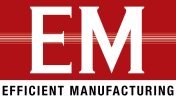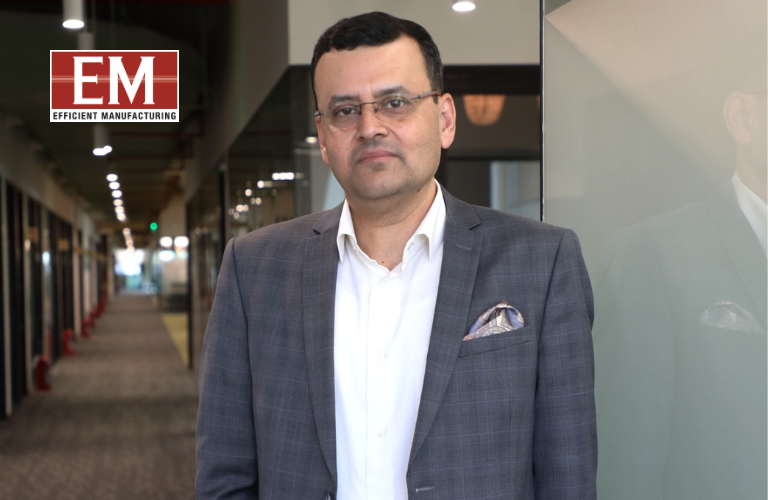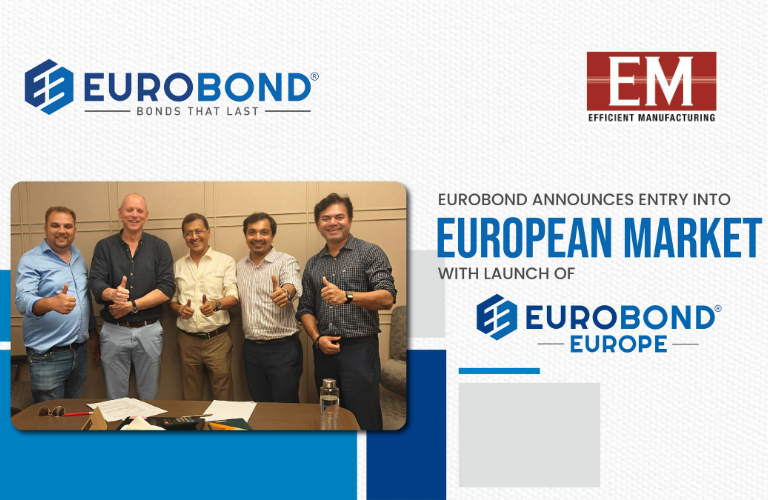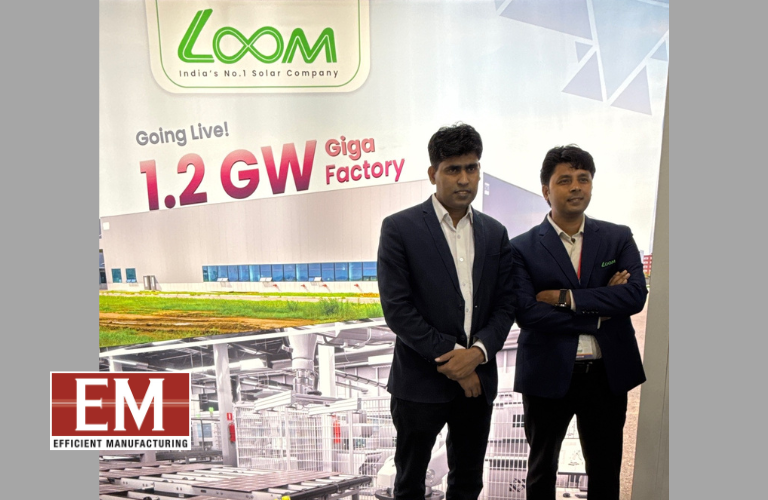| As the effects of global warming and climate change become more pronounced, the environmental impact of the industrial sector is scrutinized like never before. Green manufacturing is transitioning from a choice to a mandate.
Mayur Sundararajan,
CEO of Superfan at Versa Drives Private Limited
The ethos of preserving the Earth to sustain future generations is strong and is gradually turning consumers to make eco-friendliness a market driver. At Versa Drives, we strive to be eco-friendly in all our business aspects as the promoters of our company have been aligned to the cause for over 3 decades, and it has become a core value of the organization.
Manufacturing plants worldwide are adopting sustainable practices driven by the market, mandates, positive public relations, or decision-makers altruism. In the West, a significant trend sees renewable energy sources powering production lines and waste reduction techniques becoming standard. Historical examples like Toyota’s zero-waste methodologies and Siemens’ aggressive carbon reduction goals showcase the successes of green initiatives. However, in India, where industrial development is surging, the absence of such practices could lead to significant future costs in environmental reparations and human sustenance.
Our Approach to Sustainability in Manufacturing
At Versa Drives, commitment to eco-friendliness in every aspect of our business is a core value as a technology company specializing in customized motor control products. We have been emphasizing and practicing this core value on all our products , but Superfan has made it visible to the public. The expertise and commitment of that core value led to us creating and launching Superfan, India’s first super energy-efficient ceiling fan, in 2012. Since then, we have spearheaded the fan industry’s transformation through technology, diligently worked towards educating the market, and played a significant role in policymaking to align the industry and market towards energy efficiency. The ripples of our innovation are evident, with many Superfan innovations having now become the industry norm.
Infrastructure
Our facilities are designed strategically with windows, atriums, and high ceilings to maximize natural light and minimize thermal load. Thus, our factories and offices don’t have air conditioning for human thermal comfort or require artificial lighting during the day. We have minimized the amount of cement, sand, and water in construction and have a rainwater catchment system that aids in replenishing the groundwater. We left the campus largely undisturbed, so it remains a natural habitat for about 50 species of birds and small critters.
Product Design
Superfan design enables easy recycling, with components like aluminum, plastics, magnets, and copper easily separable when the fan is disassembled at the end of life. From the first Superfan, we have avoided using plastics or thermocol in packaging, saving approximately 200g of plastic waste materials per product.
Manufacturing Process
Our production floor is a no single-use plastic zone, with components delivered in cloth bags from our suppliers. Many sub-assembly operations are designed to keep energy usage low; thus, total consumption is low throughout production.
Supply Chain
The proximity of our component suppliers to Coimbatore minimizes the energy costs associated with the components’ logistics, further reducing our products’ carbon footprint.
For those looking to start on this journey, the first steps involve embracing a sustainable ethos as a value of the company. Before venturing into renewable energy sources, it is imperative to reduce consumption as the objective is to save the environment; hence, any wastefulness shall be avoided.












